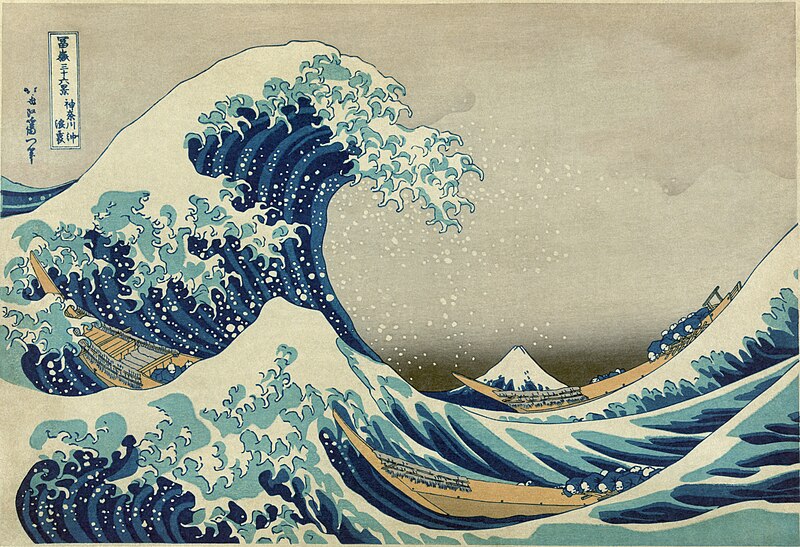He's talking about yet another problem we've had in our efforts to IDD EndOfTheRainbow (or PotOfGold, or whatever the hell they call it). Yestersol's IDD sequence faulted out in the middle of the MI mosaic, and for an unusual reason: the rock wasn't where our telemetry said it was. It was about 3cm higher, well out of the usual range of uncertainty (which is about 1cm). The 3cm difference was enough that pulling the arm back after contact with the side of the rock would have caused the IDD turret to run up against its hardstop; as a result, the flight software decided we were dumb and stopped moving for the sol. (As an unfortunate result, the MI was left pointing up all night with its dust cover open, something we try hard to avoid. If we make that mistake too often, settling atmospheric dust will spoil the lens.)
We're not sure what caused the inaccurate terrain mesh that led to this problem, but we've seen this once before, on Mazatzal. Now that we have two instances of the problem, we might have some luck tracking it down. We're going to take a NAVCAM image to get another perspective on the problem. "We drove three kilometers to get to this rock," Adler dryly observes, "and we're foiled by a matter of three centimeters."
So we'll fix the problem and continue nextersol. At least the MI images we did take, before we were so rudely interrupted, came out beautifully focused. The MI PULs have already made a stereo anaglyph from the images we've gotten so far, and it looks beautiful.
Or so Chris tells me. Apparently, they had the image up on the big projection monitors in the science area all morning, but when I go to take a look, it's gone and the room is empty. I log into my workstation and start a search for recent images, but I become busy with other things before it completes. So I'll have to take his word for it.
Speaking of cool MI images ... Chris and I get to talking about the wheel problem, and we realize that we can probably take pictures of the wheel with the MI. It's kinda crazy, but it just might work. I run into Joe Melko, who seems to be in charge of the investigation, and broach the idea. He turns it down because of a problem we didn't think of: the arm has lots of angles and corners that can snag on the cables and things under the rover. So that's out. But it does prompt him to suggest imaging the wheels with high-quality HAZCAM images, which is something we could do in the next couple of sols. We can take two images -- one with the troublesome wheel straight, one toed in -- and it won't cost us much downlink volume, because we can subframe the images, downlinking only the part that shows the wheel. Joe doesn't think this will be useful because the problem is almost certainly not something physically jammed in the wheels, but: "At the press conference, they'll ask if we have images, and if not, why not." He shrugs. "So we can just avoid the whole issue and take them."
I work out the details with Joe and Julie, then head back to work with Chris on tomorrow's recovery plan. Since we can't move the rock and don't want to move the rover, our recovery strategy has to work around the rock's awkward location. Chris settles on retracting the arm part of the originally planned distance, then rotating it slightly and retracting it the rest of the way in a different direction, clearing the rock while avoiding the hardstop. We make these changes to all of the moves on the side of the rock, cut the stuff that succeeded yestersol before the fault, and that's about it.
I show this at the CAM, walking the participants through it, and everyone seems satisfied. "Let's cross our fingers and upload the load," says Julie.
Ray has a more optimistic view. Walking out, he nods and smiles and says in his quiet voice, "I feel it's gonna work this time." Naturally, we all hope he's right.
I'm shutting down everything and preparing to leave, when I come across the results from the search I started hours ago. I'd completely forgotten about it. It was successful, turning up not one but two new MI stereo images. I grab a handy pair of 3-D glasses and immerse myself in the view for a few minutes. It's fantastic -- I don't know what the scientists see when they look at it, but the micro-scale shape of the rock reminds me of Hokusai's famous woodcut painting "The Breaking Wave Off Kanagawa" (a.k.a. "The Great Wave"). Water, again.
[Next post: sol 167, June 22.]
Courtesy NASA/JPL-Caltech. One of the microscopic images of "End of the Rainbow."

Courtesy Wikipedia. Hokusai's "The Great Wave off Kanagawa" ("Kanagawa Oki Nami Ura").





No comments:
Post a Comment